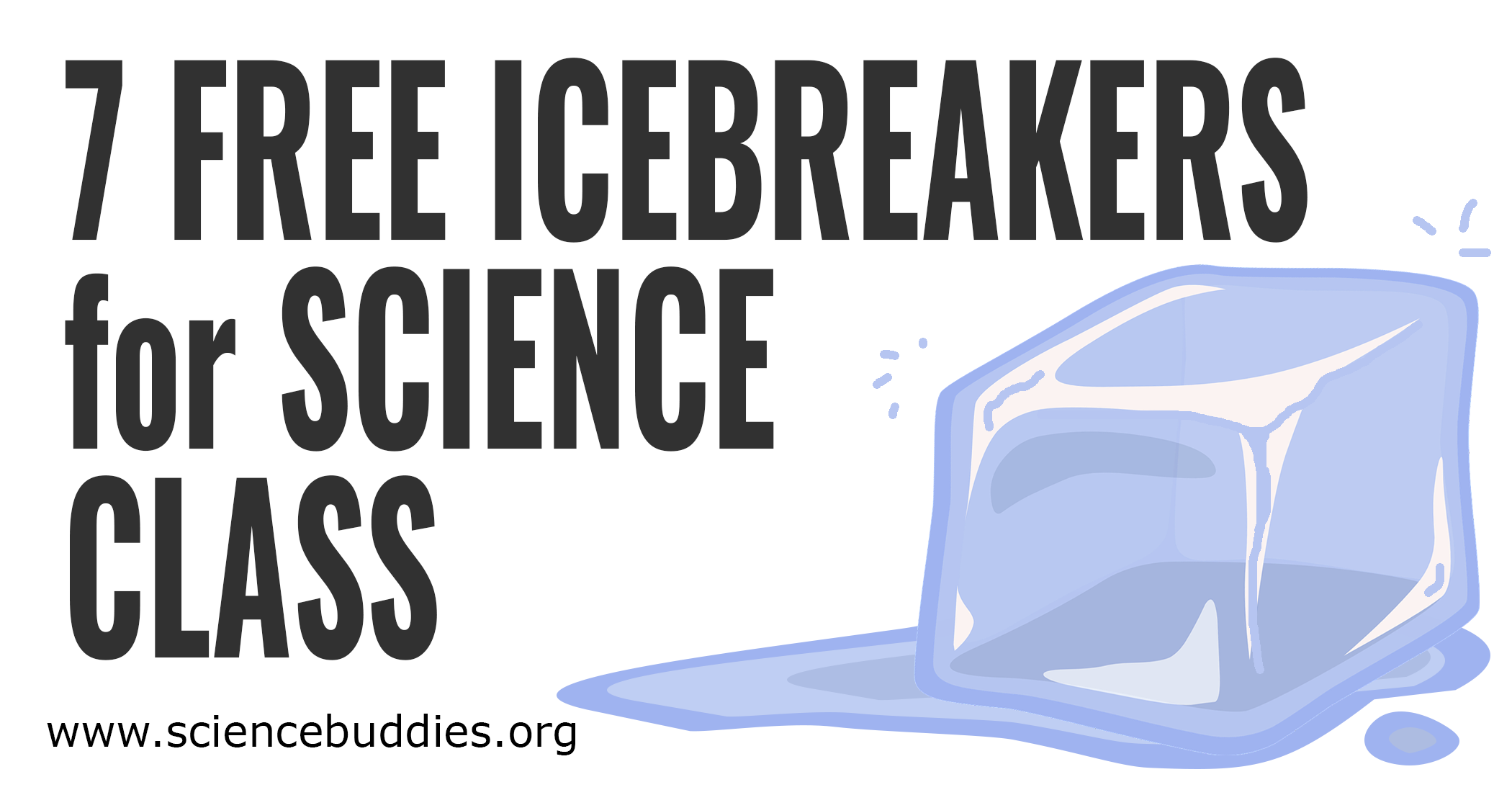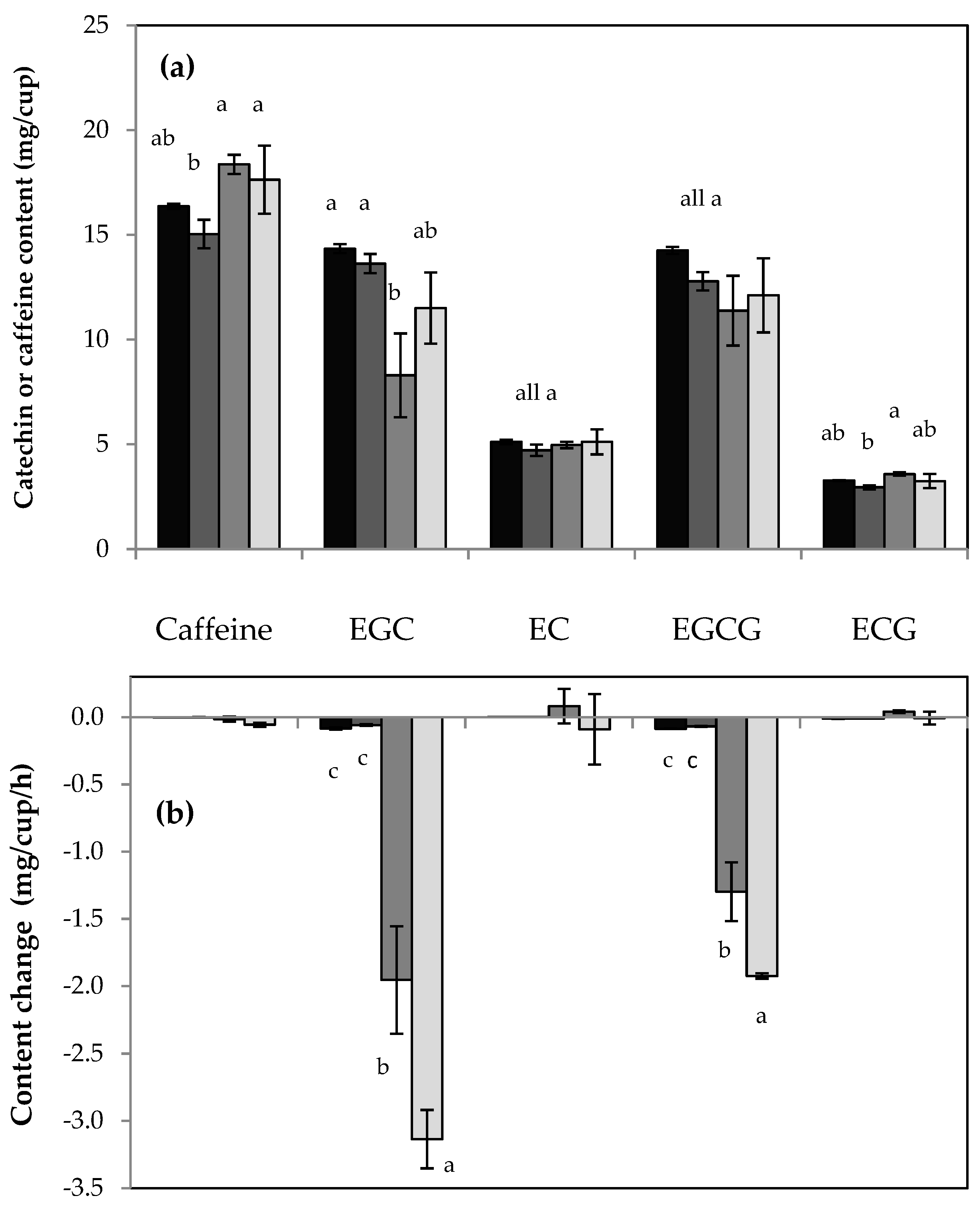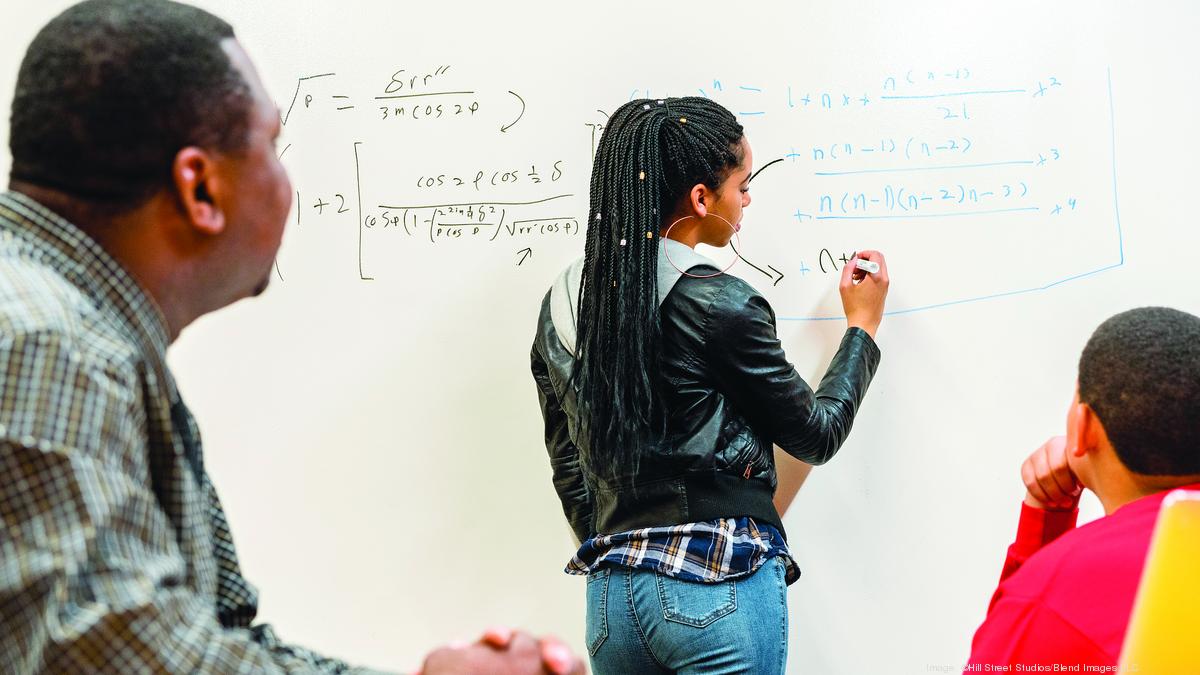


You will see calories per serving, per cent of RDAs, total fat, calories from fat, total carbs, and a breakdown of the different types of carbs.

If this is difficult for you, practice using other common units of measure, like those found on food labels. To pass chemistry, you will need to be comfortable calculating ratios, proportions, percentages, and then back again. Practice with nutrition labels on food products. What goes into the recipe and what comes out, are equal, or balanced. Now you have adjusted the ingredients on both sides of the equation.Go back to the left and change the H2 ingredient to be twice that, by putting a 2 in front of the H2. So now the oxygen balances, but adding the 2 means there is more hydrogen on the right side of the equation than on the left. The 2 in front of the H2O means all the quantities in that grouping are now doubled. Change the right side of the equation to indicate the product will contain 2 H2O parts.But the left side has 2 oxygen parts, and the right side has only 1 oxygen. The Sn parts are equal on both sides, and the H2 parts are equal on both sides. Using the previous example, SnO2 + H2 → Sn + H2O, consider why this equation, or recipe formula, won’t work.The equation also tells you what the products will include, but again does not tell you the quantity of the products. The equation gives you the ingredients, on the left side of the equation, but does not tell you how much to use of each ingredient.If you are having trouble balancing chemical equations, think about the equation as part of a recipe, but one that needs adjusting on both sides, so you can make more of less of your recipe. The final balanced equation looks like this: SnO2 + 2 H2 → Sn + 2 H2O. Use basic math to balance the equation by indicating 2 hydrogen units on the left side of the equation, and 2 water molecules on the right.The left side has one more oxygen atom than the right side. But this equation is not balanced since the quantity of reactants must equal the quantity of products.Here is an example using the symbols for Tin, which is Sn, in its oxidized form, which is SnO2, combined with hydrogen gas, which is written as H2.For example, Reactant 1 + Reactant 2 → Product 1 + Product 2.The parts on one side of the equation have to balance the parts on the other. The format for a chemical equation consists of reactants on the left side of the equation, then an arrow in the direction of the products of the equation, then the products.On paper, this is called balancing chemical equations.
#Csueb chemistry add in class paper how to
In a chemistry class, you will be expected to know how to predict what will happen when elements are combined. The molecular formula for this example is CH4, and is the formula for methane gas.īalance a chemical equation.The electrons are bonded in a covalent manner, meaning the carbon and hydrogen atoms share one of their electrons to bond to each other. This completed Lewis diagram means that the single carbon atom in the center is surrounded by 4 hydrogen atoms. Now picture an H, representing a hydrogen atom on the other side of each of the 2 dots.

Now place or picture 2 dots at each compass position, meaning 2 dots north of the C, east, west, and south. Think about the octet rule, and picture the symbol for an element, perhaps C for carbon.The diagram shows the stable arrangement of electrons, where they bond to the next element, and information about the strength of the bonds, like if the bonds are shared or doubled.Instead of the electrons swirling around the outside of the element, they are represented as a fixed moment in time. Think of the diagram as a still frame of a movie. The symbol for an element, surrounded by an arrangement of dots, is a Lewis diagram.


 0 kommentar(er)
0 kommentar(er)
